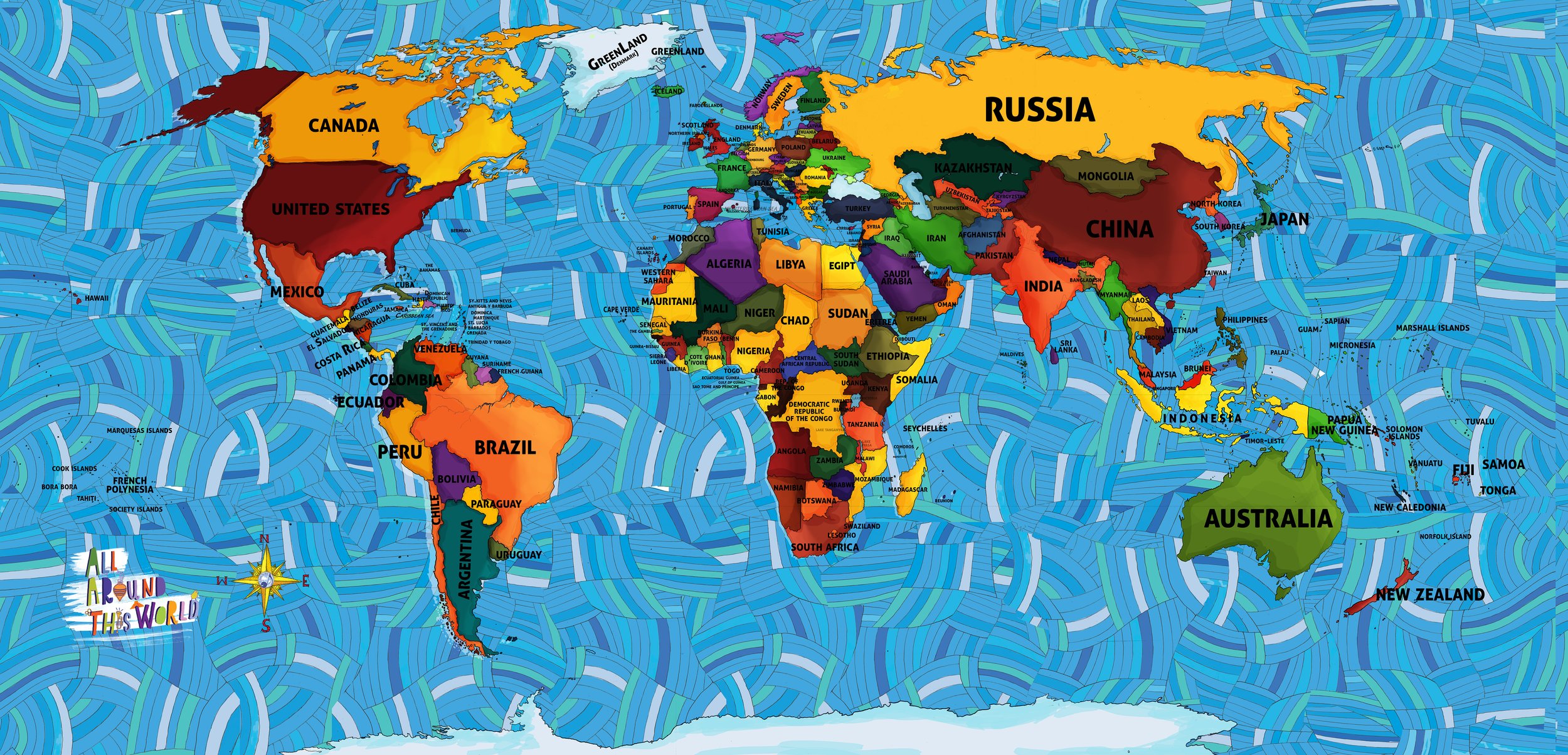EastERN EURoPE jews and Roma
This week we depart from our time-tested geographically-based, country-by-country routine to go off the beaten track with the Roma/Romani people – commonly called “gypsies,” though that is a pejorative term that we acknowledge but don't use -- and with Ashkenazic (Central and Eastern European-descended) Jews. Both groups have lived at one point or another in almost ever corner of Eastern Europe, and have been evicted from the same. Both groups have long histories full of unfathomable struggle, yet have somehow managed to survive.
Whatever could the Romani and the Jews have in common? Today the groups seem different in every way, from geographic dispersion to the role they are perceived to play in global society. Most of today's Romani live in small communities around Eastern Europe, while most Jews live in the United States, Israel ("the Jewish homeland,") and Western Europe. Romani have the consistent, and generally undeserved, reputation of being itinerants and face widespread poverty, while enough Jewish people have become part of their home nations' economic and political elite to fuel the fire of antisemitic conspiracy theories. Most Romani have adopted the dominant religion of the people among whom they live but often remain quite separate culturally; Jews practice Judaism (some more so than others), but often very actively assimilate into their home nations' society. Romani and Jews live separately, worship differently and have generally developed different social and economic relationships in the nations where they live. So why are we addressing them together? Here's why:
1. ROMANI and JEWS SHARE A SIMILAR NOMADIC HISTORY:
The Romni are an ethnic group generally believed to have originated in northwestern India over 2300 years ago and to have migrated westward, ending up in most regions of Europe. Jews are a race/religion/culture/nation that arose in the area now known as the Middle East over 5000 years ago and scattered around the world after a series of invasions by outside powers.
2. ROMANI and JEWS WERE BOTH ON THE OUTSIDE of EASTERN EUROPEAN SOCIETY --SOMETIMES THIS WAS THEIR CHOICE, SOMETIMES NOT
3. DESPITE THEIR STATUS AS OUTSIDERS, ROMANI AND JEWS HAVE BOTH HAD TREMENDOUS CULTURAL INFLUENCE on EASTERN EUROPE, ESPECIALLY in the REALM OF MUSIC
4. BOTH WERE TARGETS OF THE NAZIS. BOTH SUFFERED. BOTH SURVIVED.
During World War II the histories of the Roma and the Jews converged in the worst of all possible ways. An estimated six million Jews and between five hundred thousand and a million Roma perished at the hands of the Nazis. The Jews call this tragedy the Holocaust, while the Roma call it Porajmos or "the devouring." Today several million Roma still live in Eastern Europe, dispersed among myriad cities and rural areas. Only several hundred thousand Jews still dwell in Eastern Europe, almost all of them in cities, but the fact that fourteen million Jews do continue to live worldwide, including those in the post-Holocaust state of Israel, is a mark of Jewish pride.
IN CLASS WE…
EXPLORE EASTERN EUROPE WITH…
-

-
DANCES, HOLIDAYS AND FUN!

ALL AROUND THIS WORLD’S SONGS AND LESSONS
Click on the map to meet any region of the world.



